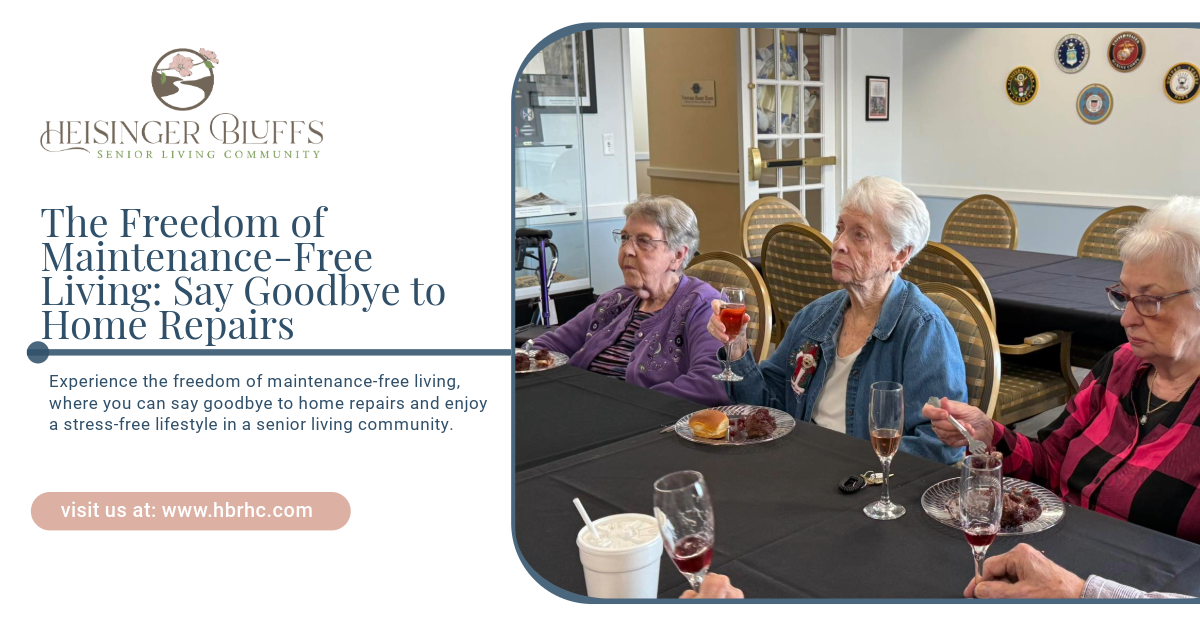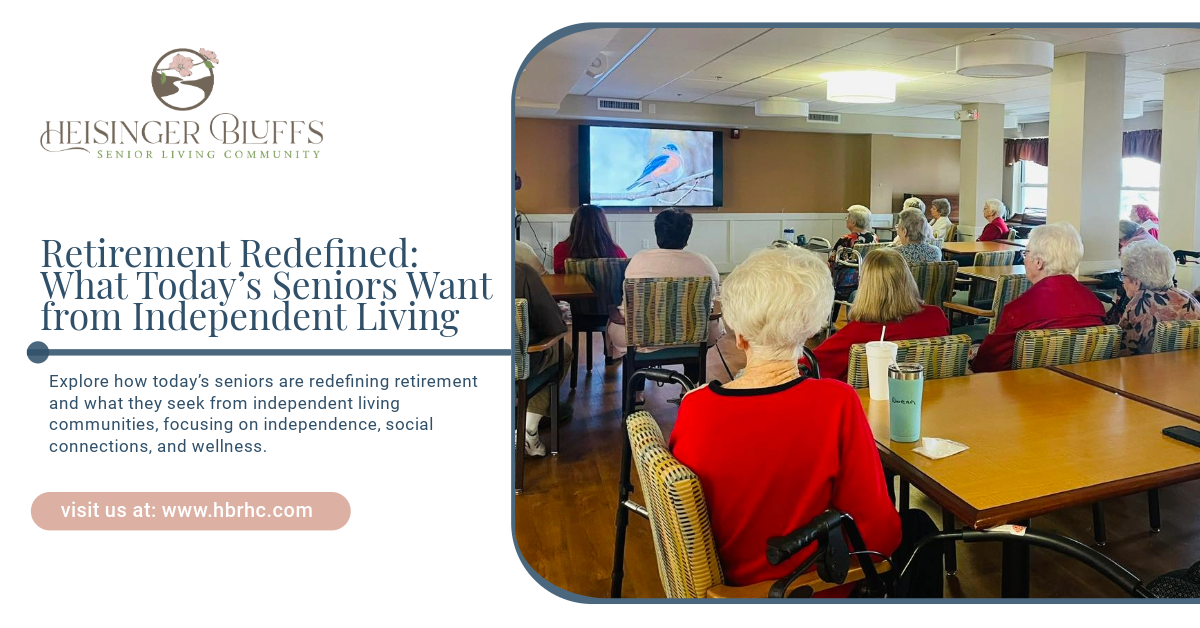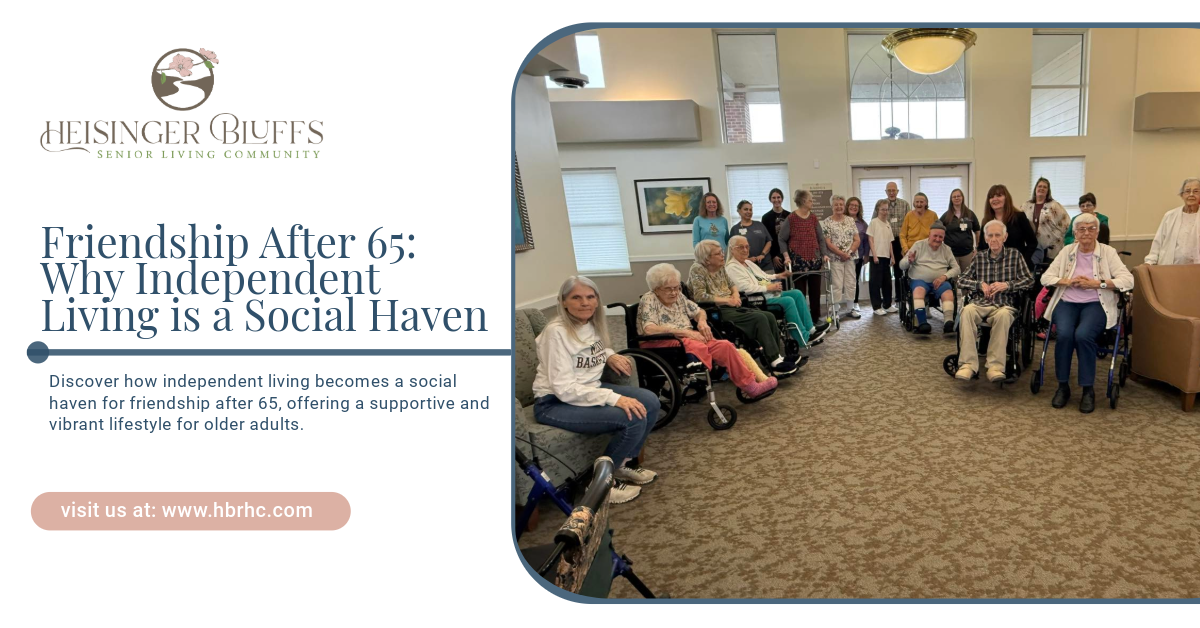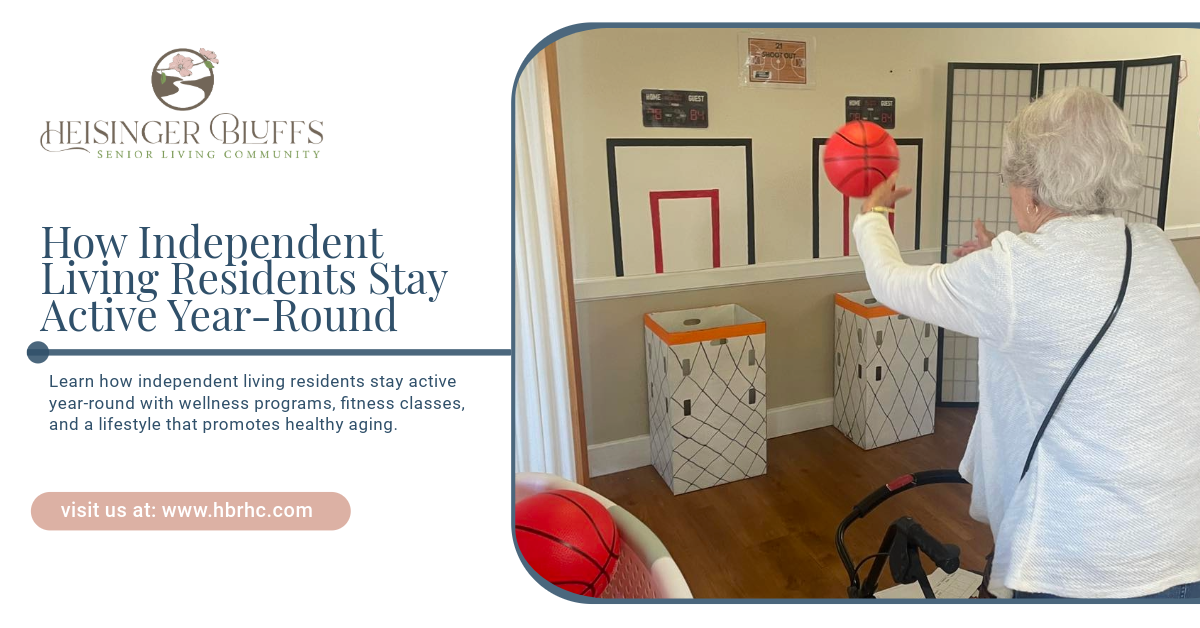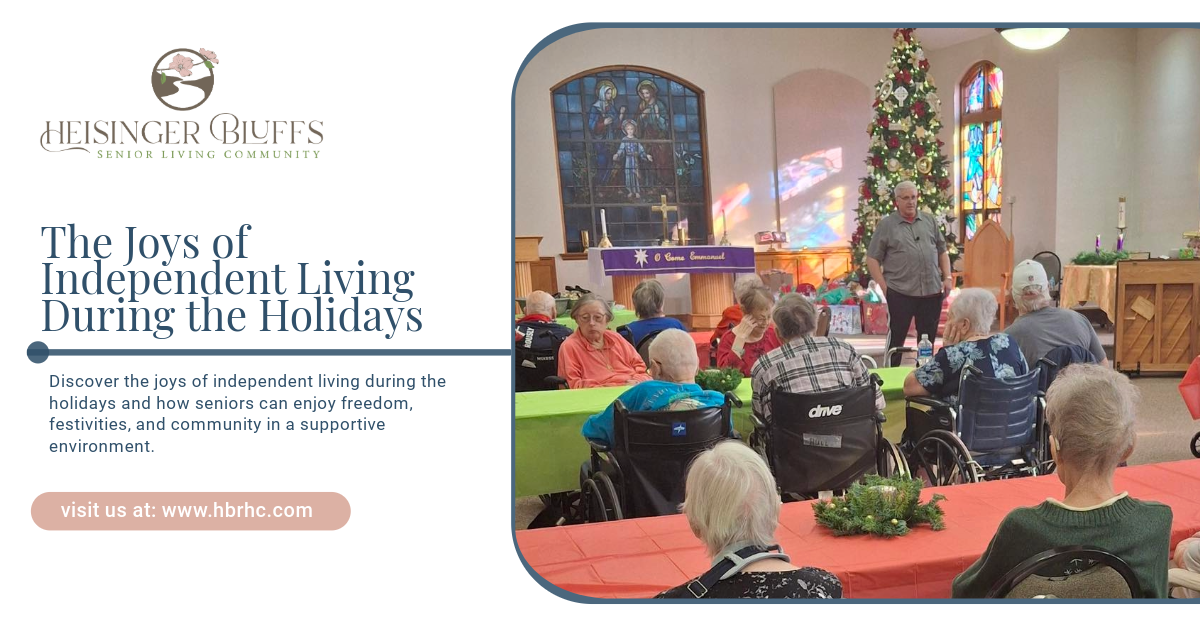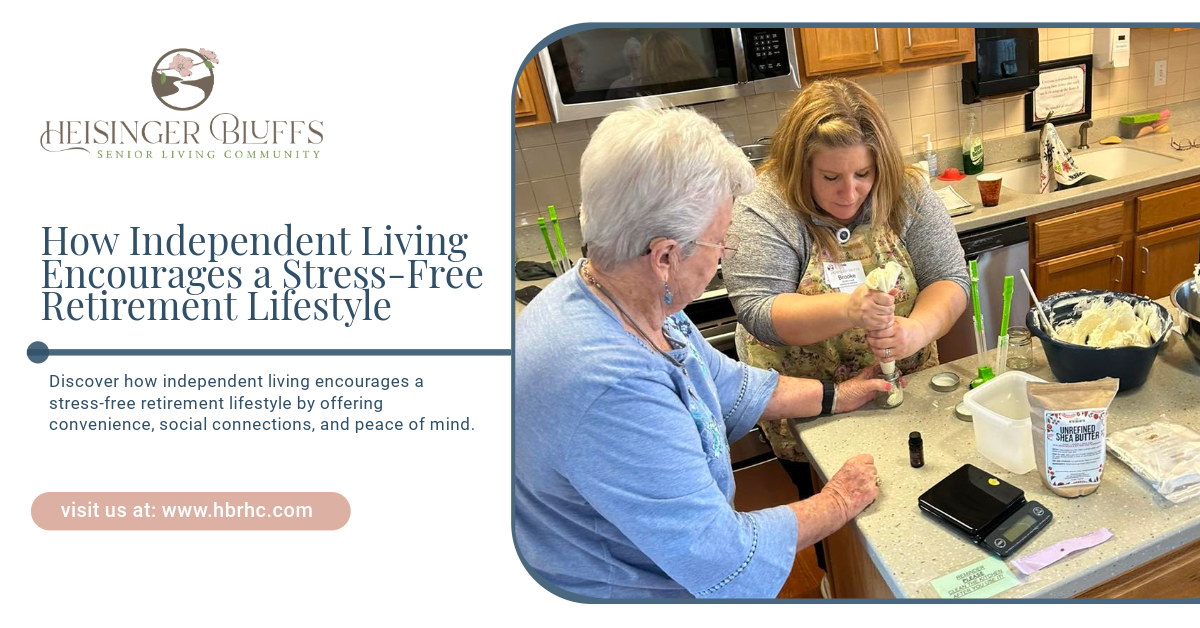Get in touch
Spark Cognitive Vitality: Exciting Memory Care Activities for Seniors
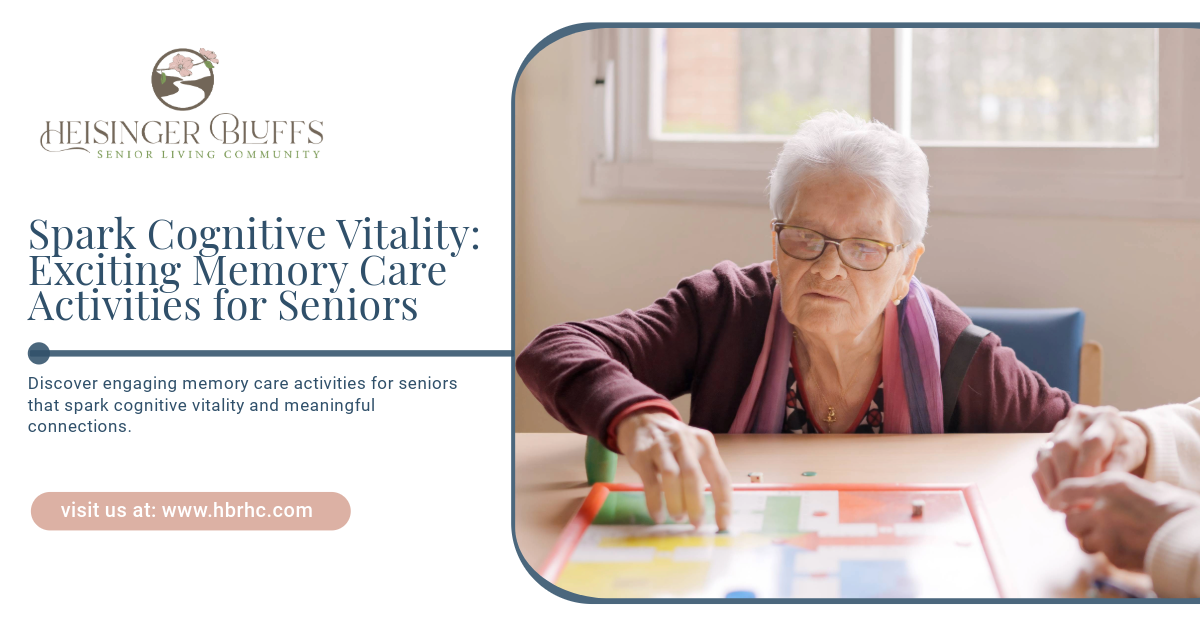
Memory Care Activities Overview
Engaging seniors in memory care activities can significantly enhance their cognitive abilities and overall well-being. This section will explore the importance of meaningful engagement and cognitive stimulation for seniors living in memory care settings.
Meaningful Engagement
Meaningful engagement involves activities that resonate with an individual’s personal history and interests. These activities allow seniors to connect with their past experiences and create new, enjoyable memories. It is essential to consider what the person enjoys, their abilities, and their mood on that particular day. For instance, spending quality time with family members—such as participating in simple games or sharing stories—can be both fun and fulfilling.
Meaningful activities strengthen social bonds and enhance emotional health amongst seniors. The following table provides examples of meaningful engagement activities and their benefits:
| Activity Type | Benefits |
|---|---|
| Family storytelling | Enhances social connections |
| Crafting projects | Encourages creativity and self-expression |
| Gardening | Promotes physical activity and relaxation |
| Playing cards or simple games | Stimulates cognitive function |
Cognitive Stimulation
Cognitive stimulation refers to activities designed to enhance mental functions such as memory, problem-solving, and critical thinking. Engaging in reminiscence therapy activities—such as watching classic movies, listening to music, or looking through photo albums—can help seniors recall cherished memories while exercising their cognitive abilities.
Utilizing cognitive stimulation activities can foster independence and improve overall quality of life for seniors suffering from memory-related issues. Here are some effective activities:
| Cognitive Activity | Description |
|---|---|
| Trivia games | Tests memory and knowledge |
| Music therapy | Enhances emotional connection through song |
| Memory puzzles | Improves problem-solving skills |
| Reading and discussing books | Stimulates conversation and cognitive engagement |
Cognitive stimulation activities can create a positive atmosphere within memory care facilities, leading to improved interactions and enhanced quality of life for seniors. For those interested in incorporating music or art into memory care, consider exploring music therapy for memory care or art therapy for seniors with dementia. Engaging successfully in these activities can help seniors find joy and connection, while also addressing their unique cognitive needs.
Reminiscence Therapy
Reminiscence therapy is a beneficial approach for seniors, particularly those experiencing memory loss. This therapeutic method engages individuals in recalling their past, fostering connections and enhancing cognitive stimulation. Two effective activities that fall under this category are watching classic media and looking through photos.
Watching Classic Media
Watching classic films and television shows can be a powerful tool in reminiscence therapy. Familiar visuals and sounds evoke memories associated with the content, making it easier for seniors to engage and participate in conversations. Research has shown that reminiscence therapy activities, such as this, can help dementia patients recall cherished experiences and exercise their cognitive abilities.
Classic media can also create a shared experience among residents, families, and caregivers. It fosters social interaction and allows for discussions about shared cultural references. This engagement may lead to improved emotional well-being and greater social connections among seniors.
| Activity Type | Benefits |
|---|---|
| Watching Classic Movies | Evokes memories, fosters discussions, enhances emotional well-being |
| Group Viewing | Encourages social interaction and shared experiences |
Looking Through Photos
Looking through photo albums offers another avenue for reminiscence therapy. Photos serve as visual stimuli that can trigger memories and stories from the past. Engaging in this activity allows seniors to reflect not only on their own lives but also on significant events and relationships, reinforcing their personal identity.
This activity can be particularly effective when family members participate. They can help prompt memories, ask questions, and share their own stories related to the images. This interaction not only strengthens relationships but also promotes cognitive stimulation as seniors work to recall details about their past.
| Activity Type | Benefits |
|---|---|
| Looking Through Photos | Triggers memories, reinforces personal identity, encourages storytelling |
| Family Participation | Strengthens relationships, promotes cognitive engagement |
Incorporating reminiscence therapy through activities like watching classic media and looking through photos can significantly enhance the quality of life for seniors. These methods support cognitive function and emotional well-being while providing valuable opportunities for social interaction. For more information on enhancing memory care, explore our articles on art therapy for seniors with dementia and music therapy for memory care.
Tactile Stimulation Activities
Tactile stimulation activities play a critical role in the cognitive and emotional well-being of seniors, especially those living with dementia. Engaging in activities that stimulate the sense of touch can provide enjoyable experiences while also promoting brain activity. Two popular examples of tactile stimulation activities are puzzle challenges and board game fun.
Puzzle Challenges
Puzzle challenges are an excellent way for seniors to engage their minds and develop problem-solving skills. These activities often involve assembling pieces to create a complete picture, which helps with cognitive function. Puzzles can vary in difficulty, making it easy to select an appropriate level for each individual. Smaller puzzles may be suited for those who need less frustration, while larger, more complex puzzles can challenge those who are more capable.
| Puzzle Type | Description | Cognitive Benefits |
|---|---|---|
| Jigsaw Puzzles | Assembling pieces to form an image | Enhances memory and spatial reasoning |
| Crossword Puzzles | Filling in words based on clues | Boosts vocabulary and cognitive function |
| Sudoku | Number placement in a grid to meet criteria | Improves logical reasoning |
Engagement in these types of activities can significantly enhance cognitive function and concentration for seniors. Parents and caregivers should encourage participation, as these activities can also foster social interaction among residents in memory care programs.
Board Game Fun
Board games provide another engaging way to stimulate the minds of seniors. Whether playing a classic game such as Scrabble, Checkers, or more modern options, these activities contribute to cognitive engagement and can be adjusted to suit various abilities.
| Board Game Type | Description | Cognitive Benefits |
|---|---|---|
| Scrabble | Word creation from a set of letters | Enhances vocabulary and creativity |
| Checkers | Strategic game involving movement and capture | Encourages planning and strategy |
| Bingo | Matching numbers on cards | Improves attention and quick thinking |
Playing board games encourages socialization, helping to reduce feelings of isolation often experienced by seniors. These activities can create a supportive environment where residents connect with each other, thereby improving their overall quality of life.
Incorporating tactile stimulation activities into daily routines can lead to significant benefits for seniors. Not only do these activities enhance cognitive function, they also contribute to a fulfilled and engaged lifestyle. Additional information about memory care activities for seniors can be found online for those looking to implement new strategies in their care routines.
Sensory Activities
Sensory activities are a powerful means of enhancing the quality of life for seniors, particularly those with memory impairments. Engaging in sensory experiences, such as aromatherapy and taste and texture exploration, can stimulate memories and provide emotional comfort.
Aromatherapy Benefits
Aromatherapy involves the use of familiar scents to promote relaxation and evoke specific memories. For seniors with dementia, pleasant aromas can trigger happy recollections and feelings of tranquility. Research shows that sensory activities can lead to enhanced cognitive function and an improved mood.
Common scents used in aromatherapy include:
| Aroma | Potential Benefits |
|---|---|
| Lavender | Relaxation, stress reduction |
| Lemon | Energizing, uplifting |
| Peppermint | Invigorating, improves focus |
| Rosemary | Enhances memory, increases alertness |
Seniors might benefit from practices such as diffusing essential oils or providing scented items like sachets or lotions. These activities not only foster a sense of well-being but also promote social interactions as caregivers and seniors share their thoughts on the scents and their associations.
Taste and Texture Exploration
Exploring various tastes and textures offers an engaging way for seniors to connect with their memories. Tasting favorite foods from their past can evoke pleasant recollections and sensations. Similarly, interacting with diverse textures can stimulate the sense of touch, generating positive emotional responses.
Activities that promote taste and texture exploration include:
- Cooking sessions: Preparing family recipes together can spark memories and build social bonds.
- Tasting parties: Organizing events where different snacks or cultural foods are sampled encourages engagement and discussion among residents.
- Textural exploration: Providing various materials, such as fabrics or natural items, for seniors to touch and manipulate can enhance sensory stimulation.
Both activities encourage cognitive function and improve communication among participants. They offer opportunities for reminiscence and can enhance the overall experience within memory care communities. For more memory care activity ideas, consider exploring memory care programs for seniors or art therapy for seniors with dementia.
Technology-Based Activities
Incorporating technology into memory care can provide unique and enriching experiences for seniors. Two notable activities include virtual exploration and creating a family video tablet.
Virtual Exploration
Virtual exploration offers seniors the chance to discover new places, cultures, and natural environments while remaining in a familiar setting. With the help of technology, activities such as using Google Earth or live streaming nature cams can provide stimulating experiences for those in memory care. This type of immersive engagement not only piques curiosity but also serves to enhance cognitive function, as it encourages exploration and learning.
| Technology Tool | Activity Type | Benefits |
|---|---|---|
| Google Earth | Virtual sightseeing | Enhances cognitive function through exploration |
| Live nature cams | Real-time wildlife viewing | Provides calming experiences and sensory engagement |
These virtual experiences can significantly reduce feelings of isolation and provide opportunities for social interactions among residents, which is crucial in promoting emotional well-being.
Family Video Tablet Creation
Creating a family video tablet is another innovative activity that can nurture connections and stimulate memory. By compiling videos from family members, seniors can view familiar faces, hear loved ones' voices, and reminisce about shared experiences. This brings warmth and familiarity into their daily routine, enhancing their sense of belonging and emotional security.
Family video tablets can be customized based on individual preferences, allowing seniors to engage with content that resonates with their personal history. This activity not only serves to activate memory pathways but also encourages socialization as residents may share their thoughts and reactions with caregivers or fellow residents.
| Content Type | Purpose |
|---|---|
| Family messages | Strengthens familial bonds and emotional connections |
| Photo slideshows | Encourages reminiscing and discussion |
By incorporating such personalized technology-based activities, memory care communities can foster enriched interactions and cognitive stimulation. For additional engaging activities, explore our articles on music therapy for memory care and art therapy for seniors with dementia.
Memory Care in Senior Communities
Senior living communities provide various memory care activities designed to enhance cognitive function and encourage social engagement among residents. These activities support not only the residents' memory but also their overall well-being.
Cognitive Function Improvement
Engagement in memory care activities has been shown to enhance cognitive functions, communication skills, and promote a sense of self-worth among seniors. These activities also help reduce feelings of loneliness, dependence on medications, and common symptoms associated with dementia.
Most memory care communities include activities such as art therapy, music therapy, and cognitive games that stimulate different areas of the brain. For instance, nearly 75% of memory care communities provide arts and crafts activities that encourage creativity and fine motor skills. Gardening clubs and cooking activities are also popular, and are offered by around 60% and 56% of communities respectively, promoting cognitive engagement through hands-on experiences.
The following table summarizes the availability of various cognitive activities in memory care communities:
| Activity Type | Percentage of Communities Offering |
|---|---|
| Arts and Crafts | 75% |
| Gardening Clubs | 60% |
| Cooking Activities | 56% |
| Holiday Parties and Celebrations | 80% |
Social Engagement Opportunities
Memory care activities also play a vital role in fostering social interactions among residents. Socialization is crucial for mental health, as it helps combat feelings of isolation and enhances the quality of life. Many memory care communities organize regular events such as holiday celebrations, group outings, and team activities that encourage residents to connect with each other.
Among the memory care communities, over 80% host holiday parties which provide residents with opportunities to bond and create memorable experiences. These activities not only add excitement to daily routines but also help residents feel integrated into a community setting, offering them emotional support.
Furthermore, activities like group art projects and music sessions promote camaraderie and shared experiences. As social engagement is essential for cognitive health, memory care activities can significantly contribute to the mental wellness and social confidence of individuals in these communities. For more information on specific therapies that support memory, you can explore our articles on art therapy for seniors with dementia and music therapy for memory care.
Frequently Asked Questions
Why are memory care activities important for seniors?
Memory care activities enhance cognitive function, emotional well-being, and social engagement. They help stimulate memory, improve problem-solving skills, and create a sense of purpose and connection, particularly for seniors experiencing memory loss.
What types of activities are beneficial for cognitive stimulation?
Activities such as trivia games, music therapy, memory puzzles, and reminiscence therapy (e.g., watching classic movies or looking through photo albums) are effective for stimulating cognitive functions, improving memory, and enhancing social interaction.
How can tactile and sensory activities benefit seniors in memory care?
Tactile stimulation activities like puzzles and board games engage problem-solving skills and enhance socialization. Sensory activities, including aromatherapy and taste and texture exploration, promote emotional comfort, evoke memories, and improve overall cognitive function.



Want to know more?
We will get back to you as soon as possible.
Please try again later.
You May Also Like To Read
Heisinger Bluff’s Life Plan Community is here to make your senior years safe, stimulating and enjoyable so that you can savor the present, knowing the future will be taken care of.
QUICK LINKS
CONTACT
©2024. Heisinger Bluffs. All rights reserved.


